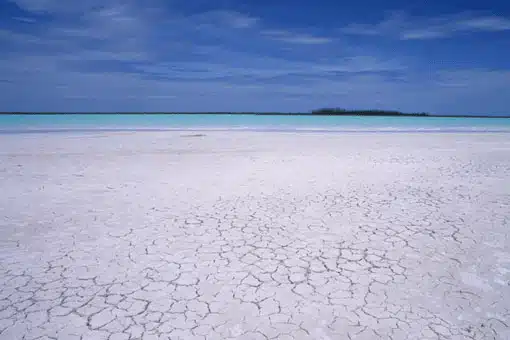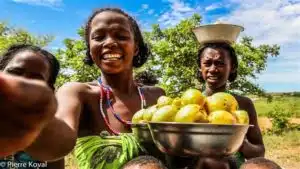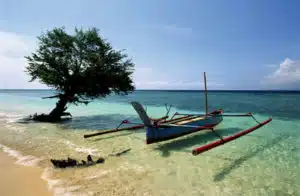The South of Madagascar – Land of the Thorn People
The Madagascan South represents a remarkable physical and human unity.
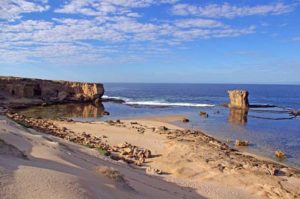 It mainly consists of a sedimentary basin, whose westward sloping and stepped lands often give rise to majestic high zones from the Carboniferous to the Quaternary.
It mainly consists of a sedimentary basin, whose westward sloping and stepped lands often give rise to majestic high zones from the Carboniferous to the Quaternary.
Leaning against the flattened base of the continental Mahafaly and Androy, it has, however, suffered many fractures and the effects of recent tertiary volcanism.
With few exceptions, the coast is sandy and often characterized by reefs and lagoons. But
It is the semi-arid climate that determines the characteristics of this region of plateaus and plains, which belong to the Sahel zones. Located in the so-called dry tropics, this area generates a vegetation and climate similar to dry savannas or deserts, both within the Tropics of Capricorn and Cancer.
The long dry season, lasting over nine months along the coasts, is followed by a short rainy season, which can be sporadic (a severe drought occurs every seven years), often irregular, and always low in precipitation (less than 600 mm/year).
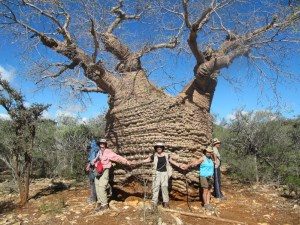
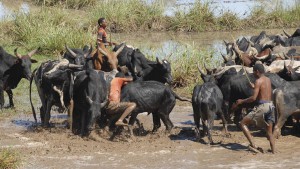
The religious value of the animal is present everywhere, and the herds, which already have a utility value, constitute the wealth of the clans and lineages. The numerical significance of each lineage’s herd still determines the hierarchies, as in the past it triggered endless wars between several kingdoms of the deep South.
Famous kings have shaped the history of this region, such as the Antandroy Andriamanana and Rafaly (17th and first half of the 18th century) or the Mahafaly Herontany and Tsiampondy (late 19th century). In particular, one will remember the failure of the conquest. At the beginning of the 19th century, the Merina troops remind us of the difficulties faced by colonizers in the region at the beginning of the 20th century.
An Underprivileged Region
The deep south is impoverished, but it strives not to show it. Huge decorated tombs along the roadsides display the wealth of the deceased.
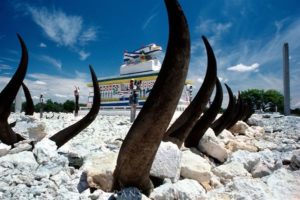
The futile efforts of some. Ambitious settlers or the precariousness of the few recent hydro-agricultural developments (Bezaha-Taheza or lower Fiherenanana), only the two cities surrounding the region, Toliara (Tulear) and Taolanaro (Fort-Dauphin), show signs of development and modernism.
Indeed, these two ports deceive with their rare industries, commercial development, tourist activity, and attempts to manage a Great South without real resources, trying to solve their problems through temporary or permanent migration.
Between these two poles, Betioky, Ampanihy, Ambovombe, and Amboasary look like villages.

